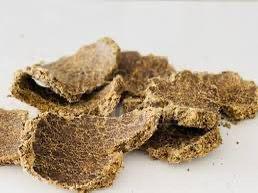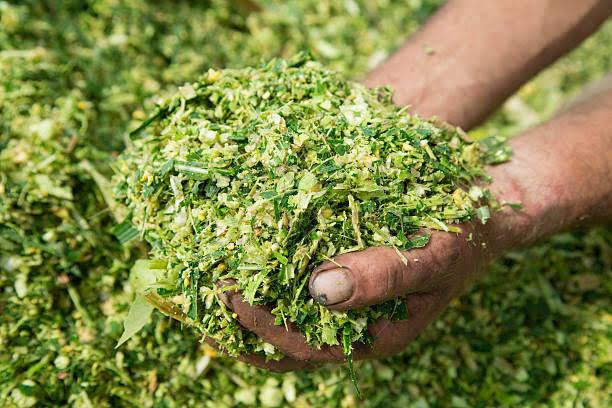- View Mobile Number
vikas.ostwal10@gmail.com
Animal Feed
| Business Type | Manufacturer, Exporter, Supplier, Retailer |
| Moisture | 8-25% |
| Material | Cotton Seeds |
| Application | Cattle Feed, Animal Feed |
| Color | Brown |
| Packaging Size | 25 Kg |
| Shelf Life | 6 Months |
| Certification | ISO 9001:2008 |
| Packaging Type | HDPE Bag |
| Country of Origin | India |
Are you looking for the best quality of the cotton seed oil cake? Yes. We at V & S Global are one of the reliable Cotton Seed Oil Cake Suppliers. We are offering the top quality cattle feed packed with important nutrients and proteins. Our cotton seed oil cake is a by-product collected after the proper extraction of oil from cotton seeds. It is widely used as a natural, energy-rich animal feed, particularly for dairy cattle and buffaloes.
Key Features:
-
Our product contains High Protein & Fat Content
-
helpful in boosting the strength of the animal and Milk Production
-
Natural Source of Energy and Nutrients
-
Free from any sort of the Adulterants and Chemical Residues
-
Assures for the Long Shelf Life and Moisture-Controlled Packaging
Why Choose V & S Global?
Top Cotton Seed Oil Cake Suppliers with a reputation for quality and trustworthiness
-
collected from the top grade cotton seeds
-
Processed hygienically and securely packed
-
Bulk supply capability with faster delivery across regions
-
Get the highly competitive pricing and dedicated customer support
Support your health of livestock’s and productivity with V & S Global’s cotton seed oil cake. Get a reliable choice for progressive farmers as well as dairy producers.
| Business Type | Manufacturer, Exporter, Supplier, Retailer |
| Country of Origin | India |
| Shelf Life | 6-12 Months |
| Grade Standard | Feed Grade |
| Color | Green |
| Usage | Cattle Feeds |
| Packaging Type | PP Bag |
| Packaging Size | 25 Kg, 50 Kg |
V & S Global is a reliable Green Corn Silage Manufacturer, giving the top quality and nutrient-rich silage. It is about to assist the healthy livestock farming. Our green corn silage is prepared from carefully harvested corn crops at their peak nutritional stage. It gets processed using the advanced techniques to maintain utmost energy, fiber, and moisture levels.
Green corn silage is quite digestible, fermented forage utilized as animal feed, particularly for buffaloes, dairy cattle, and goats. It plays an important role in boosting the milk yield, getting better the animal health, and keeping a balanced diet throughout the year. At V & S Global, we make sure that every batch of silage is fresh, clean, and free from harmful contaminants or bacteria.
Prime features:
-
High Energy and Protein Content
-
Ideal Moisture Levels for Quick Digestion
-
Rich in Fiber and Nutrients for Livestock development
-
Long Shelf Life and Storage Friendly
-
Offered in Compressed and Air-Tight Packaging
Why Choose V & S Global?
Professional Green Corn Silage Manufacturer with a great commitment to quality
-
Eco friendly Farming and Safe Processing Practices
-
Appropriate for bulk orders with Timely Delivery
-
Tested for Freshness, Purity, and Nutritional Value
-
Cost effective pricing and outstanding customer support
Select V & S Global for consistent and, high-grade green corn silage. Contact us now to place your order right away.


